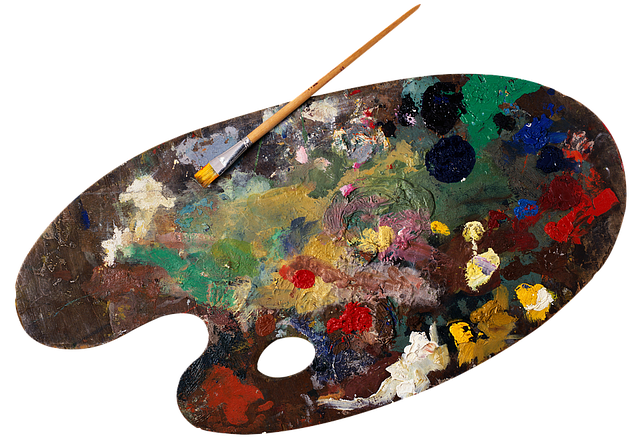Understanding Paint Color
This snippet has been taken from “Paint Your Home Skills, Techniques, and Tricks of the Trade For Professional Looking Interior Painting Reader’s Digest”. Understanding Paint Color as per the choice is very vital factor while getting the paint done which is very well described and discussed at “painters in Rockville MD“
The human eye can distinguish about 10 million different colors. Virtually all are derived from just three primary colors-red, blue, and yellow. The primary colors are combined in different concentrations, with white or black added to the mix. Red, blue, and yellow cannot be created by mixing other colors.

The Color Wheel
The Position of colors on the color wheel can help you to combine paint colors in the home. Complementary colors, which lie directly across from each other on the wheel, and related colors, which are positioned side by side on the wheel, usually yield the most successful combinations.
The color wheel is a simple design device that can help you to choose colors and combinations of colors. The wheel features the three primary colors positioned equidistantly around the circle. Between each of these colors are the secondary colors-orange, green, and violet-created by mixing the two primary colors on either side. Tertiary colors are created by mixing a secondary color with a primary color. Colors can be mixed with one another in an almost limitless number of combinations to create new colors. Tints are created darker versions of colors, called shades.
This simple color wheel shows the tree primary colors, the three secondary colors, and the six tertiary colors. Mixing these 12 colors with one another, and with black and white, will create every other color it is possible to produce.
Related Colors
Related colors are positioned next to one another on the color wheel. As they are related colors related colors blend together and do not clash. Any group of related colors used in a room will create a harmonious scheme.
Complementary Colors
Complementary colors lie directly opposite each other on the color wheel. When two complementary colors are used together in a room, each will provide a contrast for the other. They can be used to create attractive, dramatic color schemes.
The Properties of Colors
As you work with complementary and related colors, take into account other principles that affect how colors work. Consider such factors as warm and cool colors, light and dark colors, and neutral colors before choosing paint colors.

Warm and Cool Colors
Warm colors are grouped together on the color wheel-they contain elements of yellow and red. Warm colors can make a surface appear to advance and a room seem small and intimate. Cool colors contain elements of blue and green, making a surface appear to recede from the viewer and a room seem larger. The room on the left is painted in a warm peach color, and it seems more intimate and smaller than the cool blue-green room than the cool blue-green room on the right.
Light and Dark Colors
A light-colored surface reflects more light than a dark-colored surface. Consequently, rooms that are painted in a light color will appear more open and larger than they really are. Even a warm color can have this effect if there is sufficient white in the color used. Dark colors absorb light, define spaces, and make a room appear smaller. So the pale blue room on the left seems larger than the dark blue room on the right.
Neutral Colors
Neutral colors-black, white, and gray-do not appear on the color wheel. Other colors with a great deal of white or black are also called neutrals, such as beige and cream. Neutral colors can provide the backdrop for other colors in a color scheme, or they can be used alone, as in the room shown here, to create a harmonious scheme.
Continue reading paint brushes and rollers


